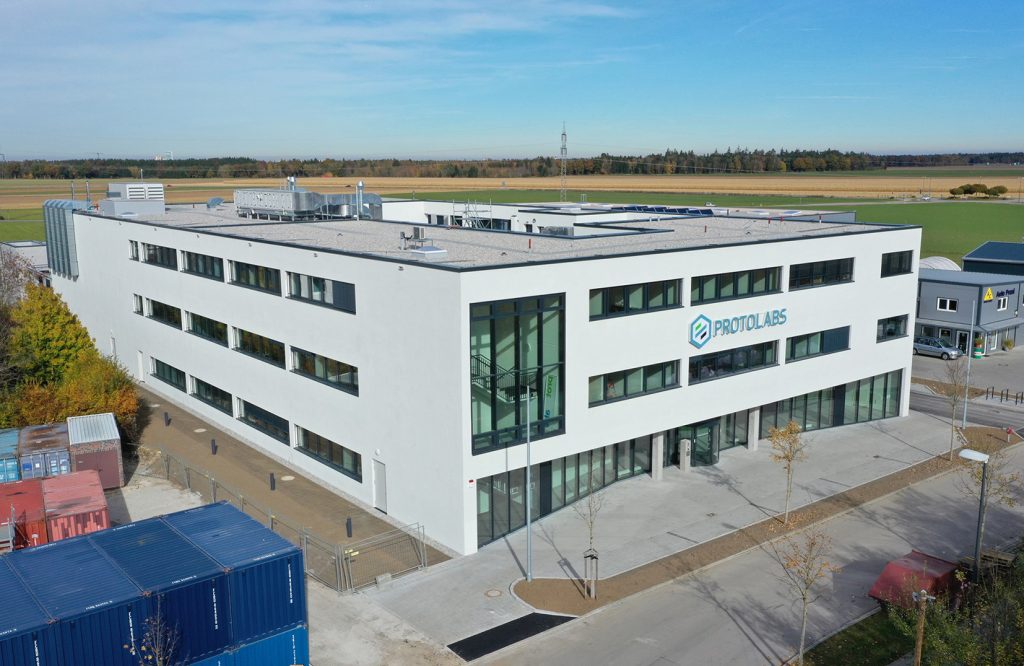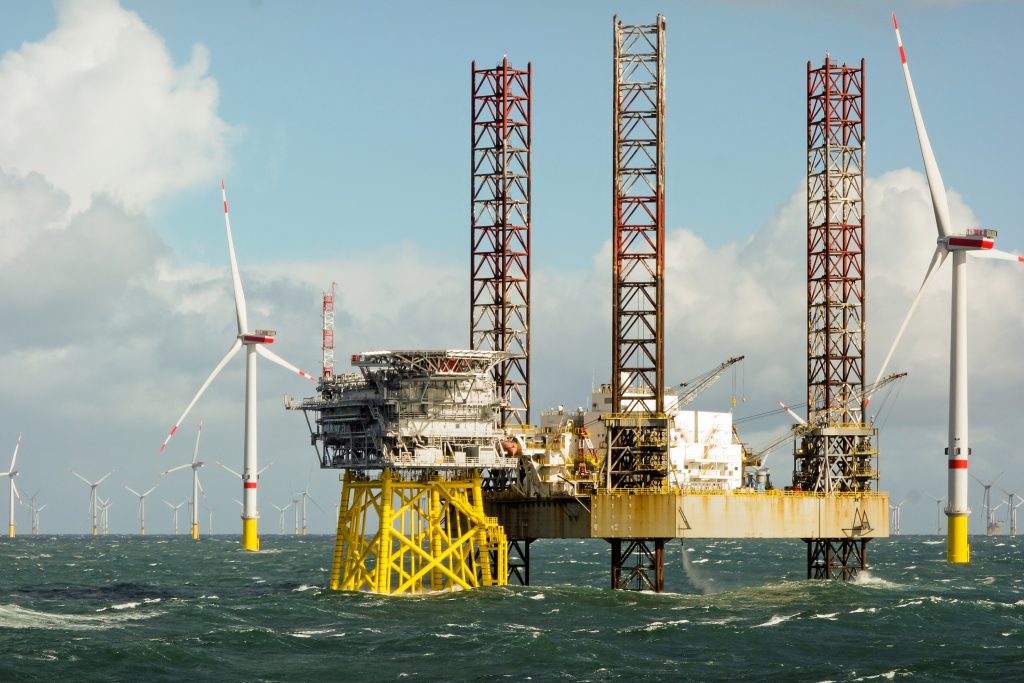Digital manufacturing service bureau Protolabs (PRLB) has announced the opening of a new production facility that allows it to expand its 3D printing capacity by 60%.
Located in the Bavarian town of Putzbrunn, the factory is said to host a 450-strong team and ‘future-oriented technologies,’ that enable it to better meet the needs of European and UK-based customers. In fact, Bjoern Klaas, VP of Protolabs Europe, says the complex could have significant lead time benefits for its clients on the British Isles, while providing 3D printing with a stronger platform on which to shine.
“We are very pleased about the opening of our new European 3D Printing Centre, and the strategic importance it will have for customers in the UK,” said Klaas. “Our UK customers will enjoy an even greater range of services, and this latest investment will undoubtedly help us meet our promise of delivering prototypes and low-volume production parts in just a few days.”
“The new production facility expands our capacity and enables further growth for pioneering 3D printing technologies in the future.”

Protolabs’ recent expansion drive
Based in Telford, UK, Protolabs markets injection molding, CNC machining and 3D printing services to prototyping and low-volume manufacturing customers. In the case of the latter, the company’s offering relies on its portfolio of SLA, SLS, MJF, PolyJet and metal machines, and it continues to seek out new additions to (as well as applications for) these technologies.
In May 2021, for instance, the firm gained DNV GL certification for its oil and gas 3D printing service, before highlighting the potential of its services in the sector with its ‘Decision Time’ survey in September, which revealed that 83% of related firms are considering adopting the technology to reduce the lead times of off-shore spares.
Protolabs has also grown its revenue in more direct ways, such as its $280 million Hubs acquisition, a move that has enabled it to expand its capacity and supply network, while improving its lead time options for users. Though, since renaming Hubs from ‘3D Hubs,’ the firm’s CEO Rob Bodor admits the business has suffered from a “temporary decline in customer acquisition,” he maintains this is short-term.
In Protolabs’ Q3 financials, it was revealed that its subsidiary actually brought in $9 million, allowing it to generate $125 million in revenue during Q3 2021, 17% more than the $108 million reported in Q3 2020. Hubs’ income therefore continues to boost that of Protolabs, although Bodor has previously credited the launch of its upgraded CNC machining and injection molding offerings for its recent growth as well.

A sustainable growth project
When Protolabs first announced its new facility in May 2020, it anticipated that it would move its existing production departments from its nearby facility in Feldkirchen there, along with 25 additional machines. At the time, the firm believed the move would expand its 3D printing capacity by up to 50%, but now the complex is finally open, it is expected to rise by an even more impressive 60%.
This ramped-up productivity can be accounted for by the factory’s impressive arsenal of 60 industrial 3D printers, which allow it to offer metal and plastic production services via a range of additive technologies. If completed to the plans unveiled last year, the facility also features a CNC machining center, as well as a 5-axis milling machine and coloring systems, capable of high-quality part finishing.
In addition to expanding on its capacity, Protolabs says it has built its complex with “several sustainable features” that allow it to “save resources whilst reducing its CO2 footprint,” including the use of clever heat recovery and the “intelligent link of engineering processes” to reduce any energy spent during the site’s construction, and the integration of green energy-charging facilities.
According to the company, its expansion comes at the “perfect time” as well, given that its automotive, aerospace, electrical, industrial, medical and energy clientele are “looking to invest” post-COVID, potentially allowing it to benefit from a wave of previously pent up part demand.
“The opening of the 3D printing centre illustrates our long-term corporate strategy, which is geared towards fast evolving technologies, rapidly shifting markets, environmental considerations and world-class employees,” added Klaas. “In doing so, we want to fulfil our social responsibility, as well as deliver an unparalleled service through digital manufacturing.”
“[Our] approach enables customers to more rapidly develop their products, go to market faster, reduce manufacturing costs and achieve a flexible supply chain.”

3D printing’s bureau battle
Protolabs’ expansion comes at a time when the 3D printing sector is being hotly-contested by a number of capital-rich service providers, each seeking to corner a share of the same designer-maker space. Having raised around $302 million from its IPO earlier this year, Xometry is one such firm. Since going public, the company has gone from strength to strength, and reported having 26,000 active users in Q3.
Following the completion of its merger with Galileo Acquisition, Shapeways is another service bureau with ambitions of rapidly scaling its business. Using the $90 million worth of capital raised via its IPO, the company has set itself the ambitious goal of generating $250 million in revenue by 2024, although it remains to be seen if this rapid growth will materialise.
Elsewhere, 3D Systems has opted to withdraw entirely from the part provider space, with the sale of its on-demand manufacturing arm in September 2021. Bought by Trilantic North America for $82 million, the facilities now operate under the revived Quickparts brand, which continues to offer services via its 150-strong fleet of SLA, SLS and FDM 3D printers.
To stay up to date with the latest 3D printing news, don’t forget to subscribe to the 3D Printing Industry newsletter or follow us on Twitter or liking our page on Facebook.
For a deeper dive into additive manufacturing, you can now subscribe to our Youtube channel, featuring discussion, debriefs, and shots of 3D printing in-action.
Are you looking for a job in the additive manufacturing industry? Visit 3D Printing Jobs for a selection of roles in the industry.
Featured image shows Protolabs’ new Putzbrunn production facility. Photo via Protolabs.


